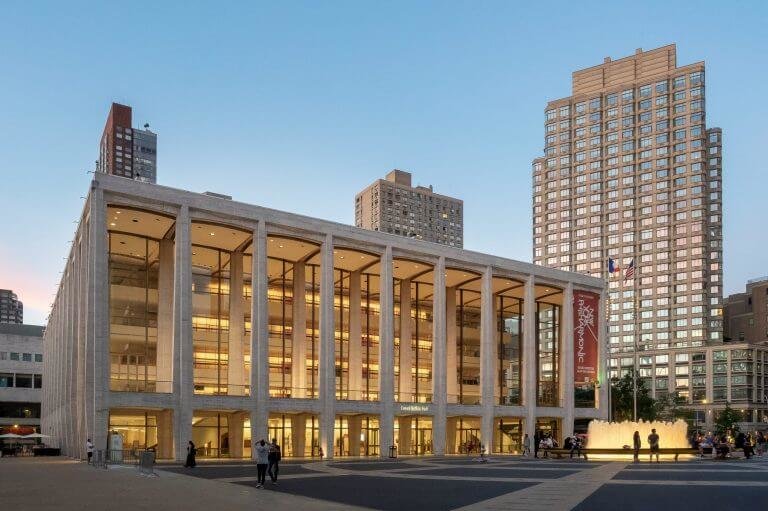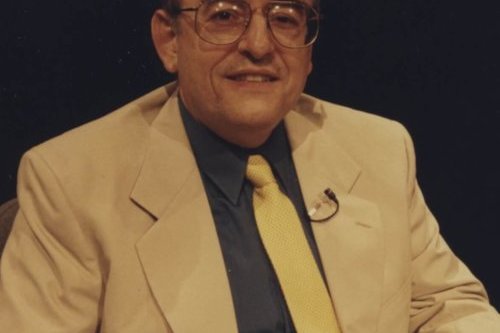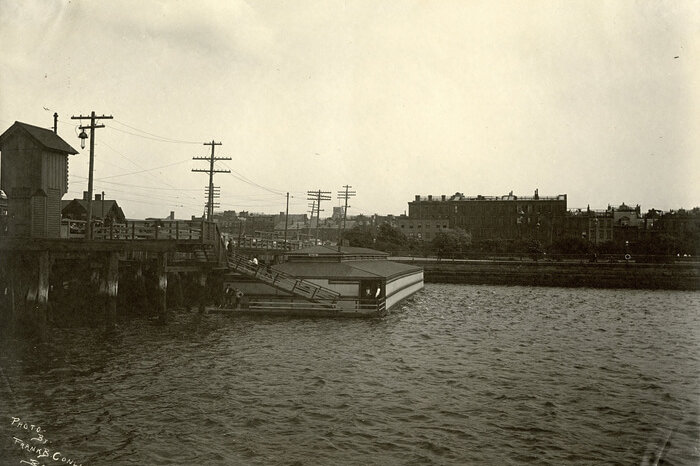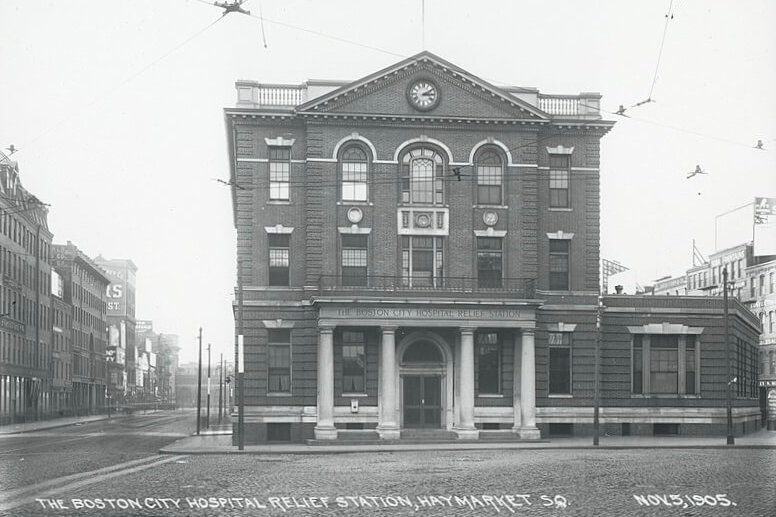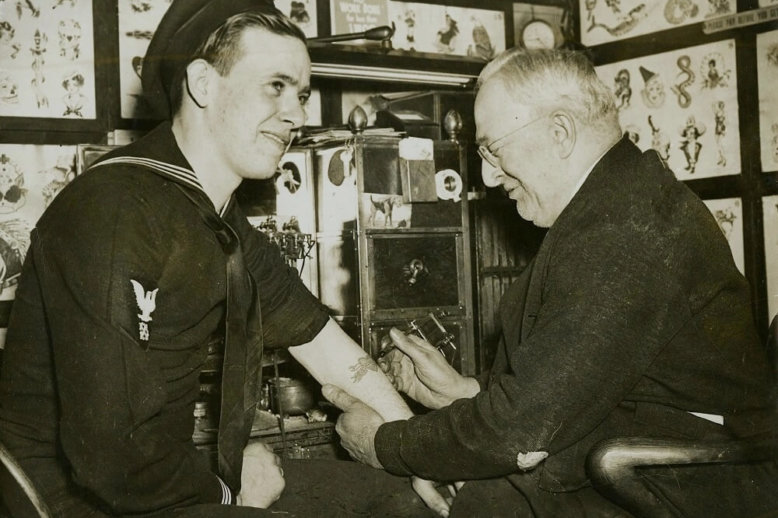Topic: Neighborhood Life
Street corner society, urban villagers, peer group society, life in the immigrant era
Summer in Boston is a celebrated, if too short, season for residents and visitors alike. In recent years, however, more frequent heat waves and extended periods of above-average temperatures have sometimes created dangerous conditions for many city residents…but not all.
Publishing magnate Edwin Ginn put his wealth and energies to use by establishing the World Peace Foundation and constructing housing for 500 residents at the Charlesbank Homes in the West End.
Arguably the most famous arts facility in the world, Lincoln Center is a present-day, glittering example of American urban renewal gone wrong.
James “Jim” Campano dedicated his life to preserving the memory of his beloved West End as a protester, journalist, and historian.
Public baths are generally an unknown phenomenon in the United States today, but in the 19th and early 20th century, the public bath movement brought with it the creation of hundreds of outdoor and year-round bathing establishments in the country’s large cities, including Boston and the West End.
In the later half of the 19th century, Boston’s downtown residents required more immediate access to acute medical care as industrialization brought with it additional hazards to safety and health. For over thirty years the Haymarket Relief Station, which sat at the eastern gateway of the West End, filled that gap by providing much needed treatment for acute illnesses and injuries for urban residents.
Scollay Square was a popular Boston hot spot for nightlife during the first half of the 20th century, with its vaudeville theaters, bars, and sideshow attractions. Long chided by local politicians for its perceived physical and moral decay, in 1963 the City of Boston completely demolished the area as part of an urban renewal project. Though often viewed within the broader context of the West End’s redevelopment, Scollay Square’s final chapter can also be understood through the lens of World War II, the growth of Boston’s Navy Yard, and the demographic shifts at the war’s conclusion.
Soon after the bulldozers of urban renewal began clearing land, experts in various fields focused on the effects of development projects and the human cost paid by affected communities, such as Boston’s West End. Marc Fried, a Harvard educated psychologist, interviewed hundreds of displaced West End residents in the late 1950’s to assess the emotional effects of relocation. The results of his work, and that of other dedicated researchers, helped turn public opinion against top-down urban renewal and inspired community activism throughout the United States.




